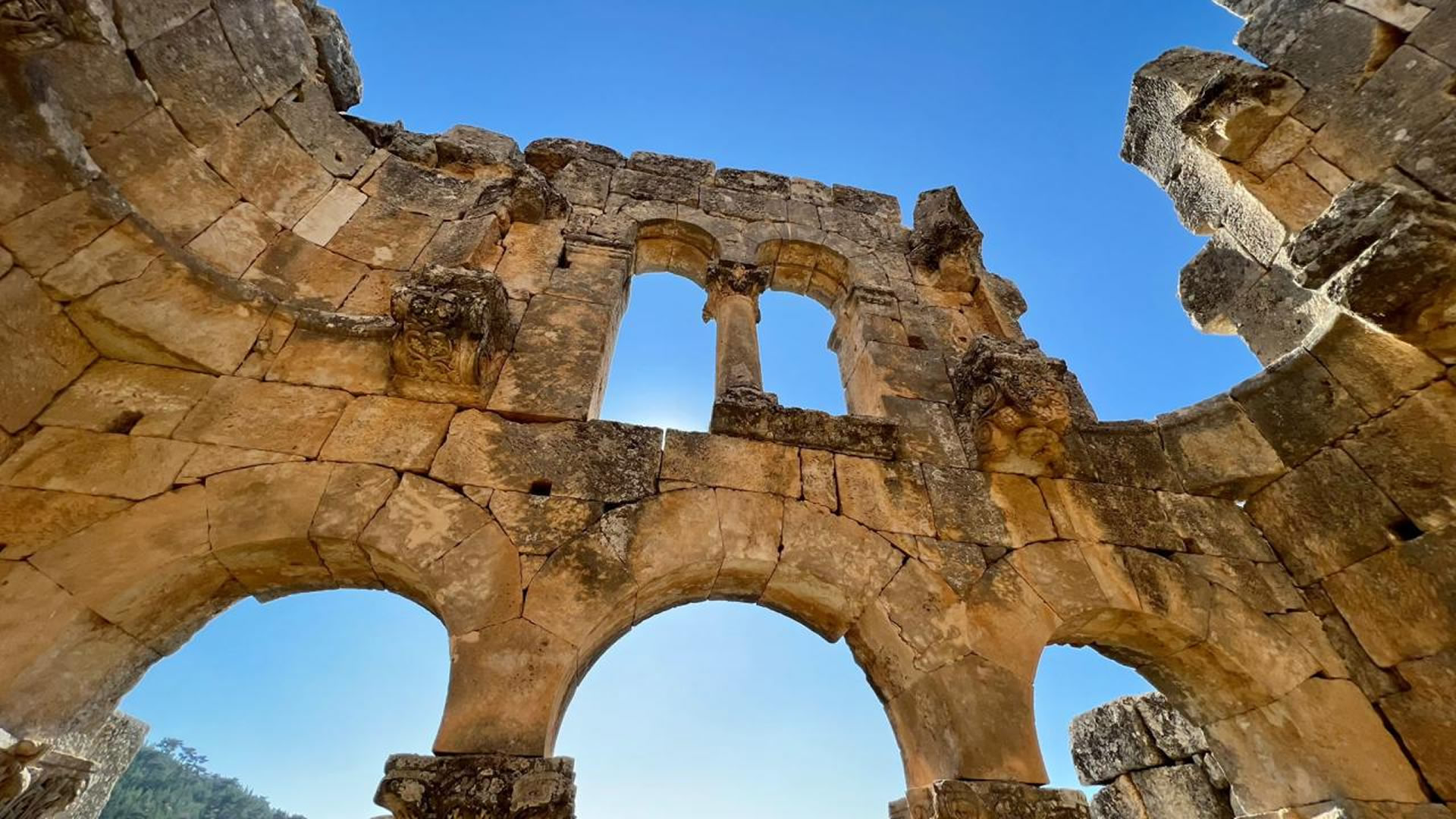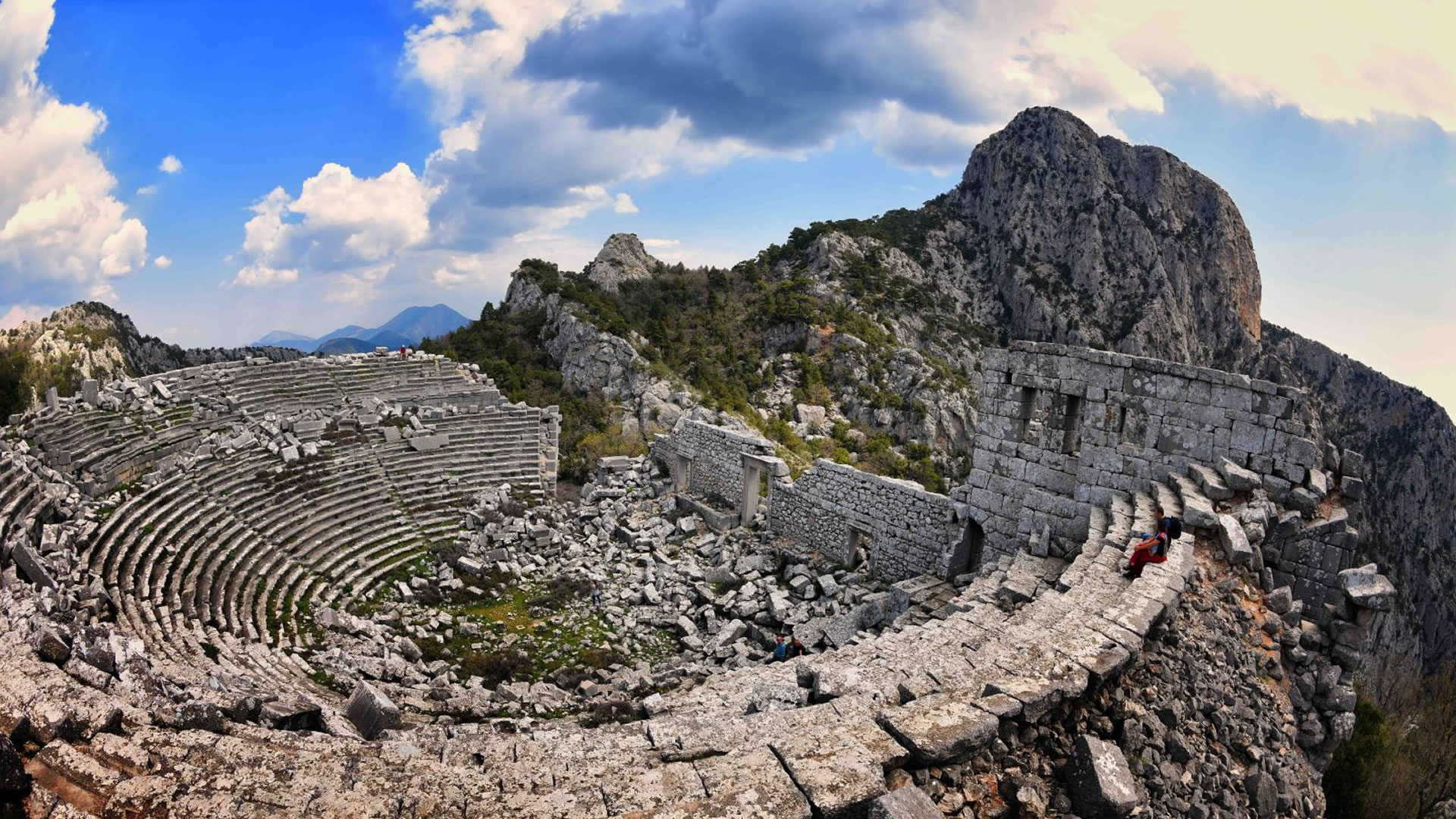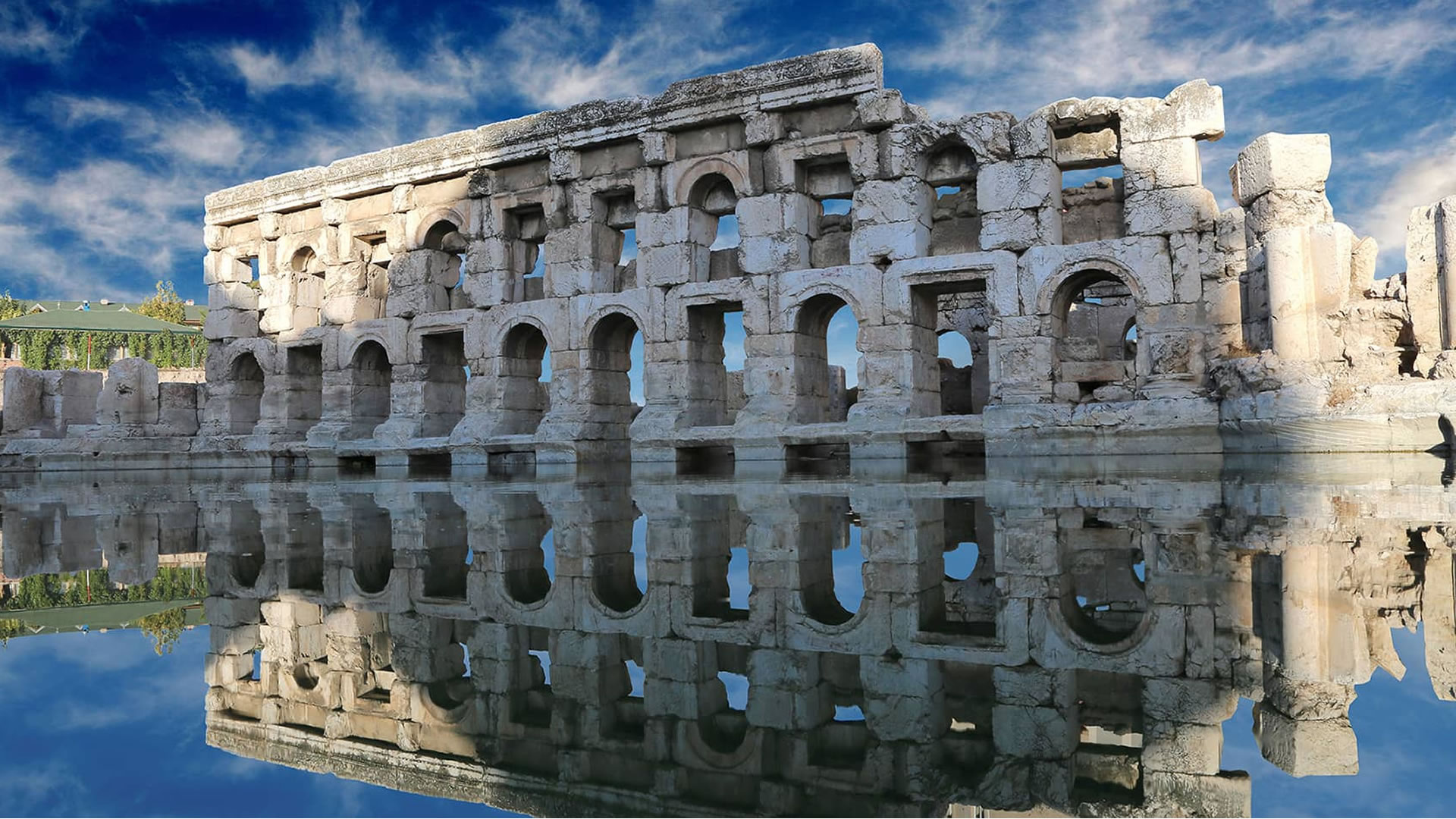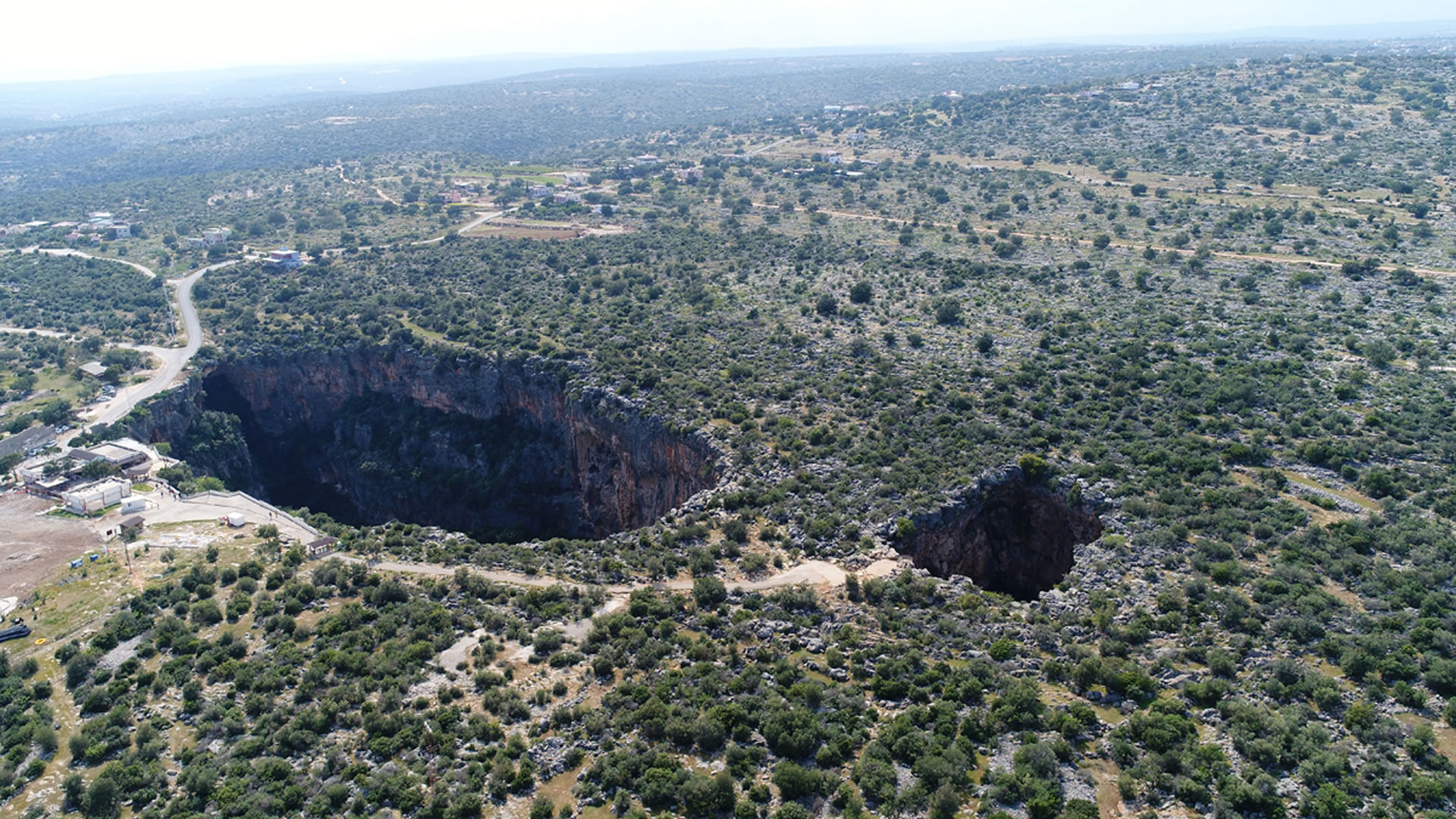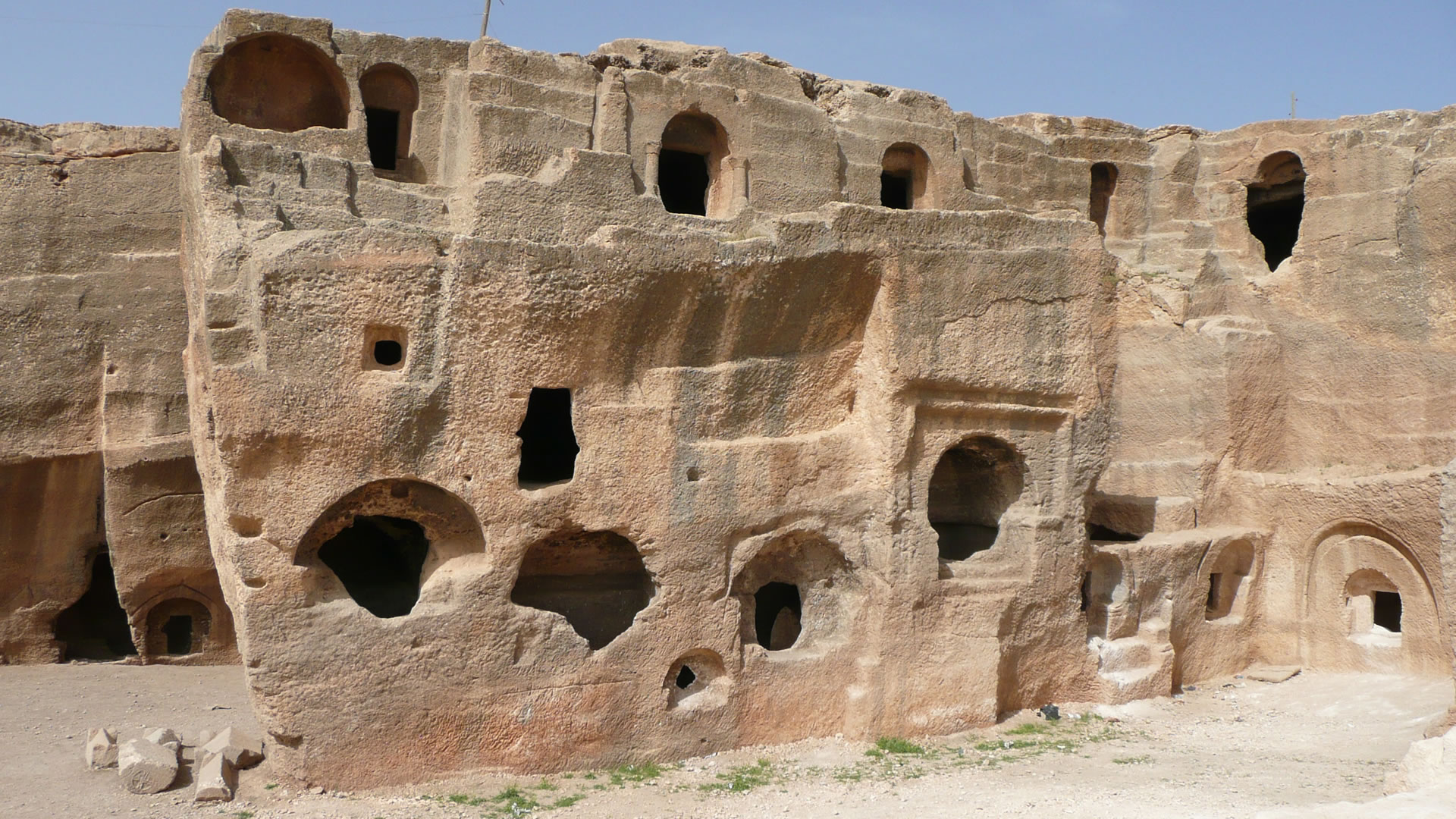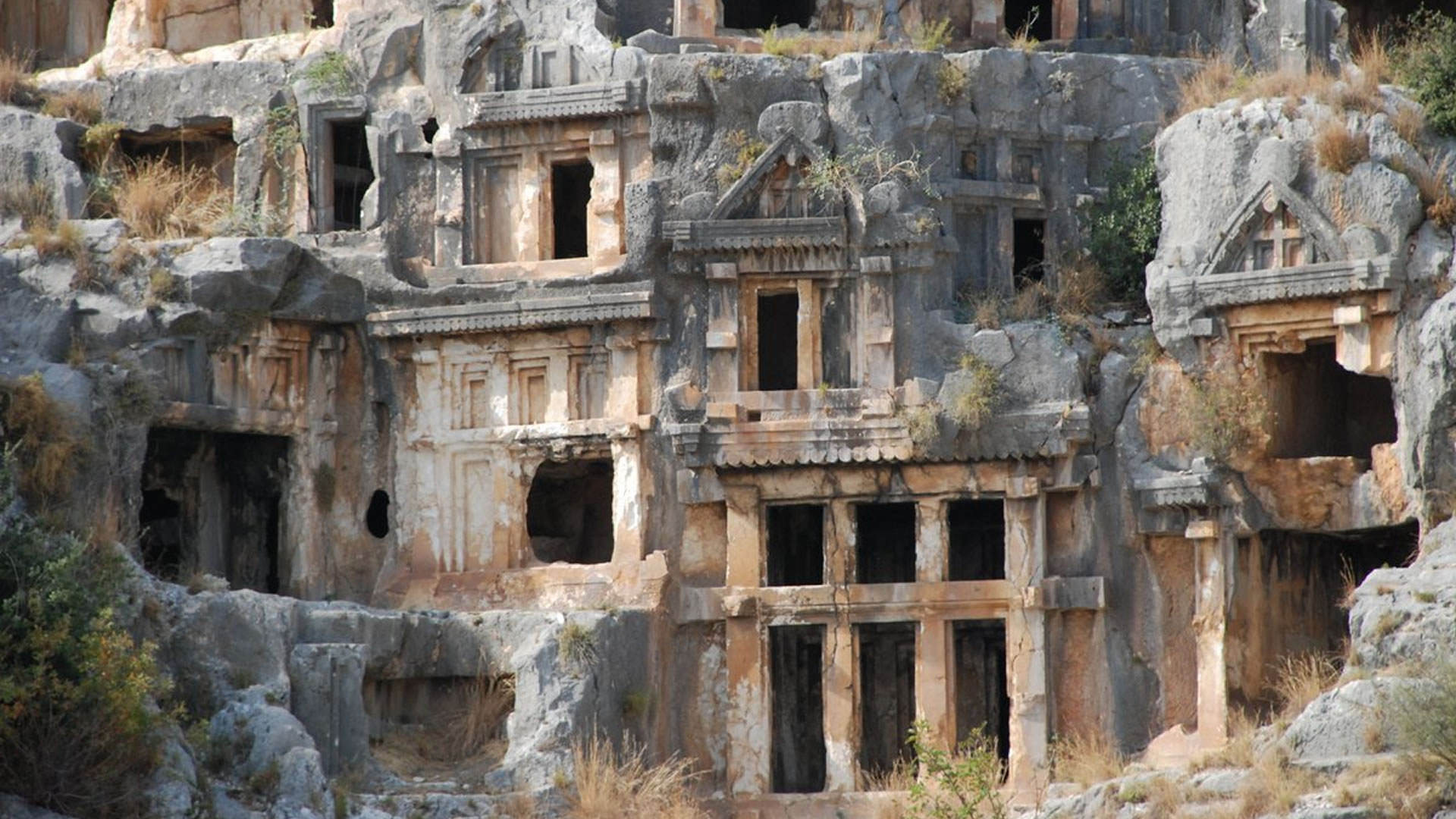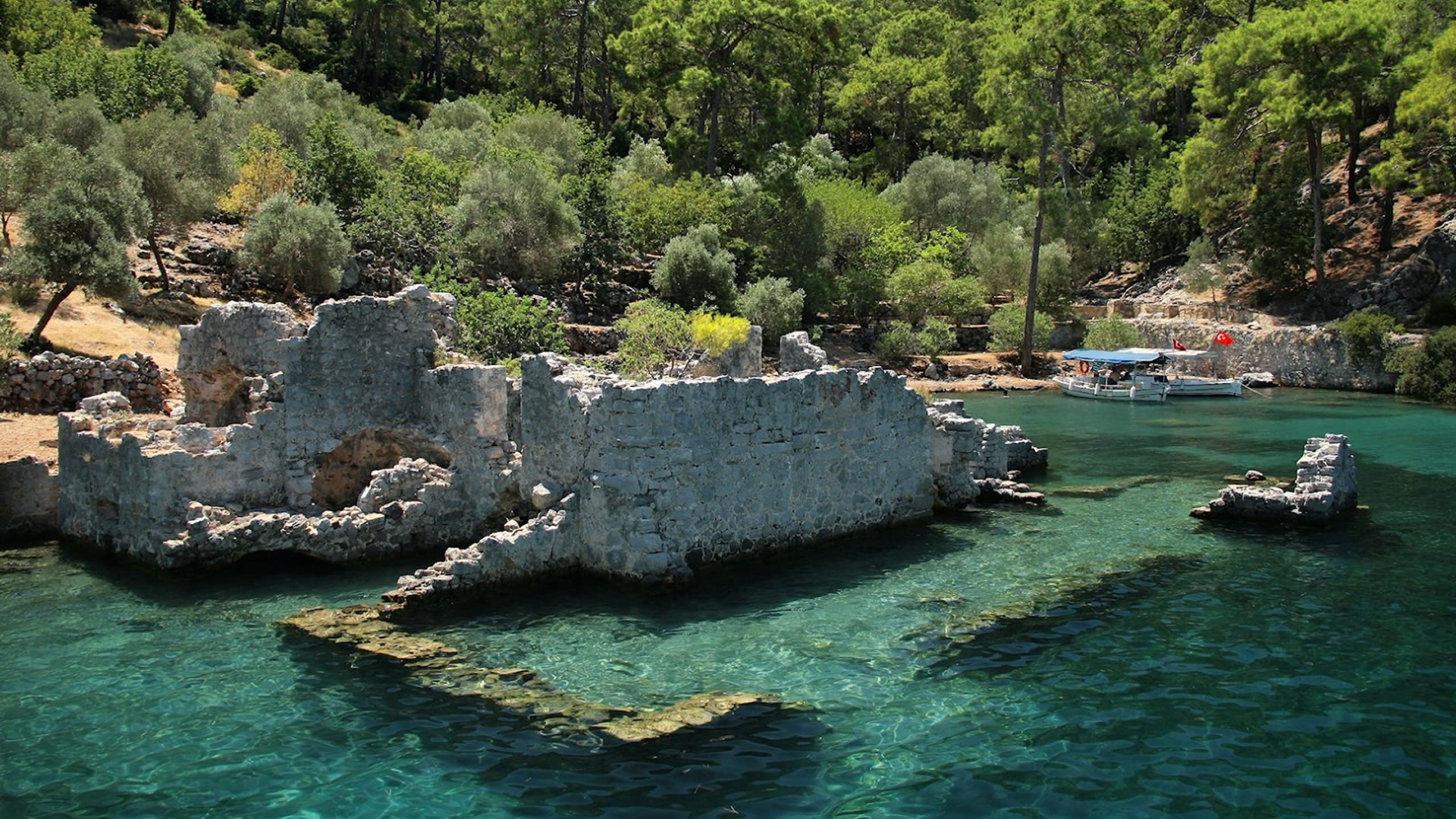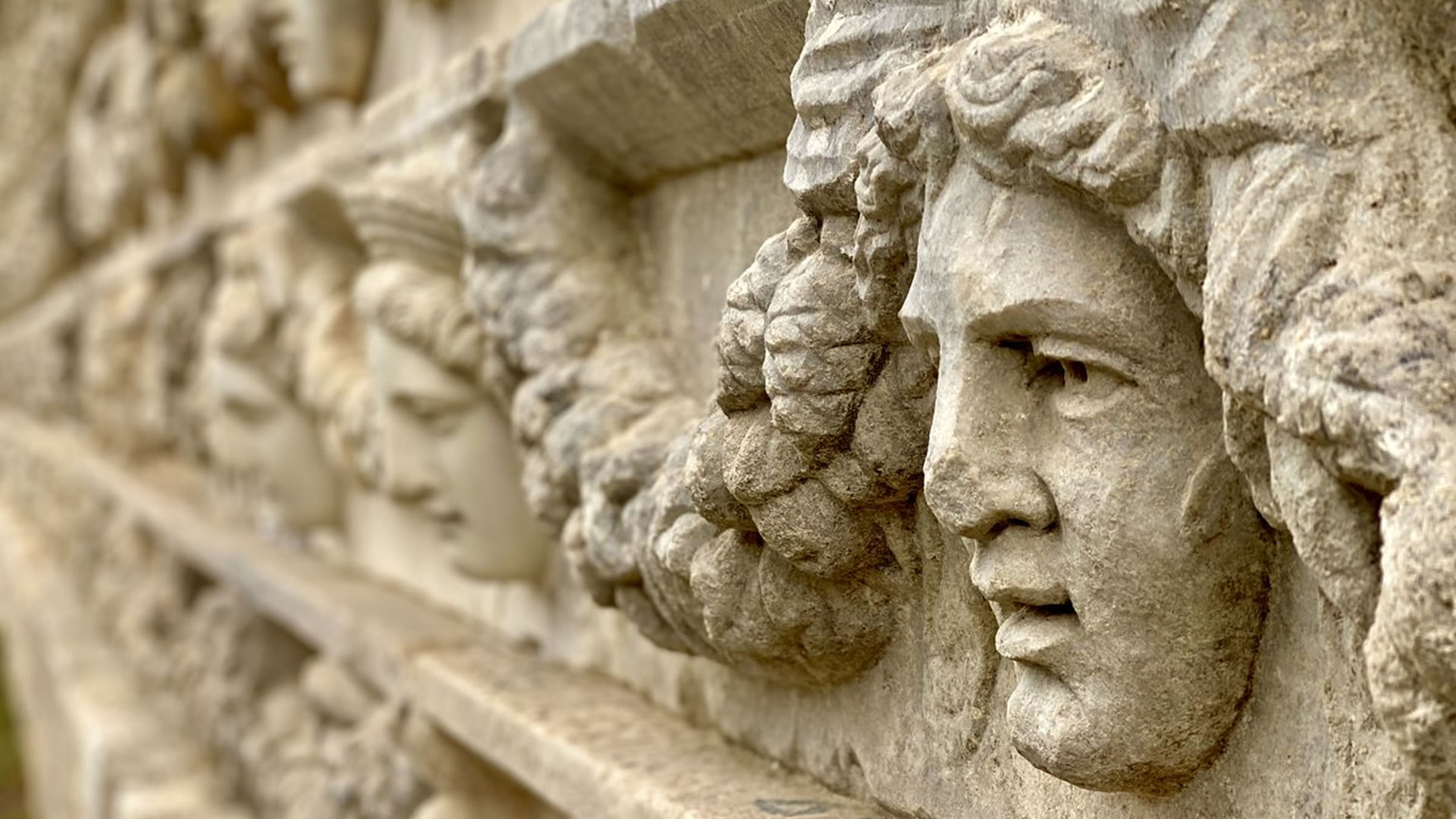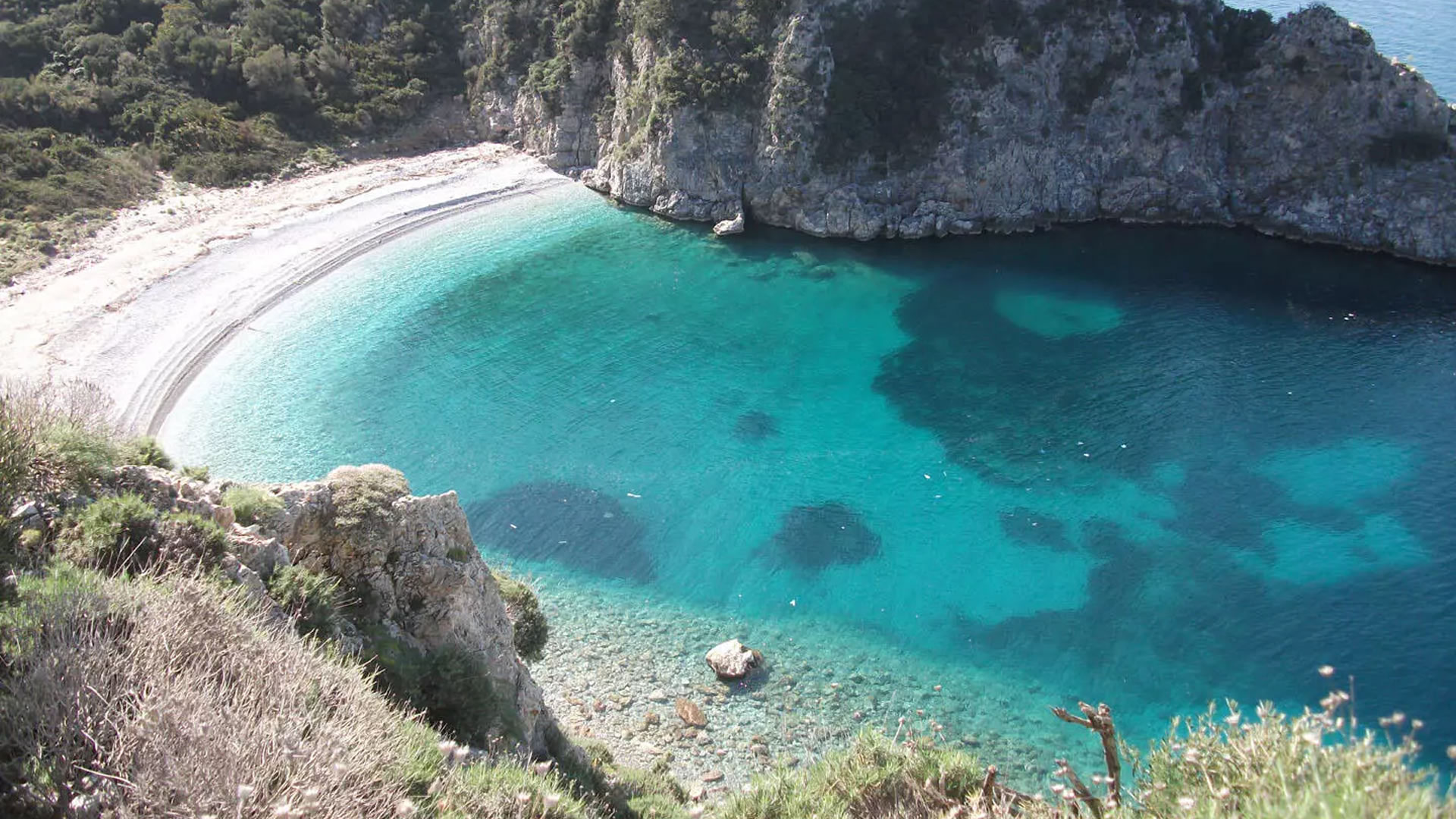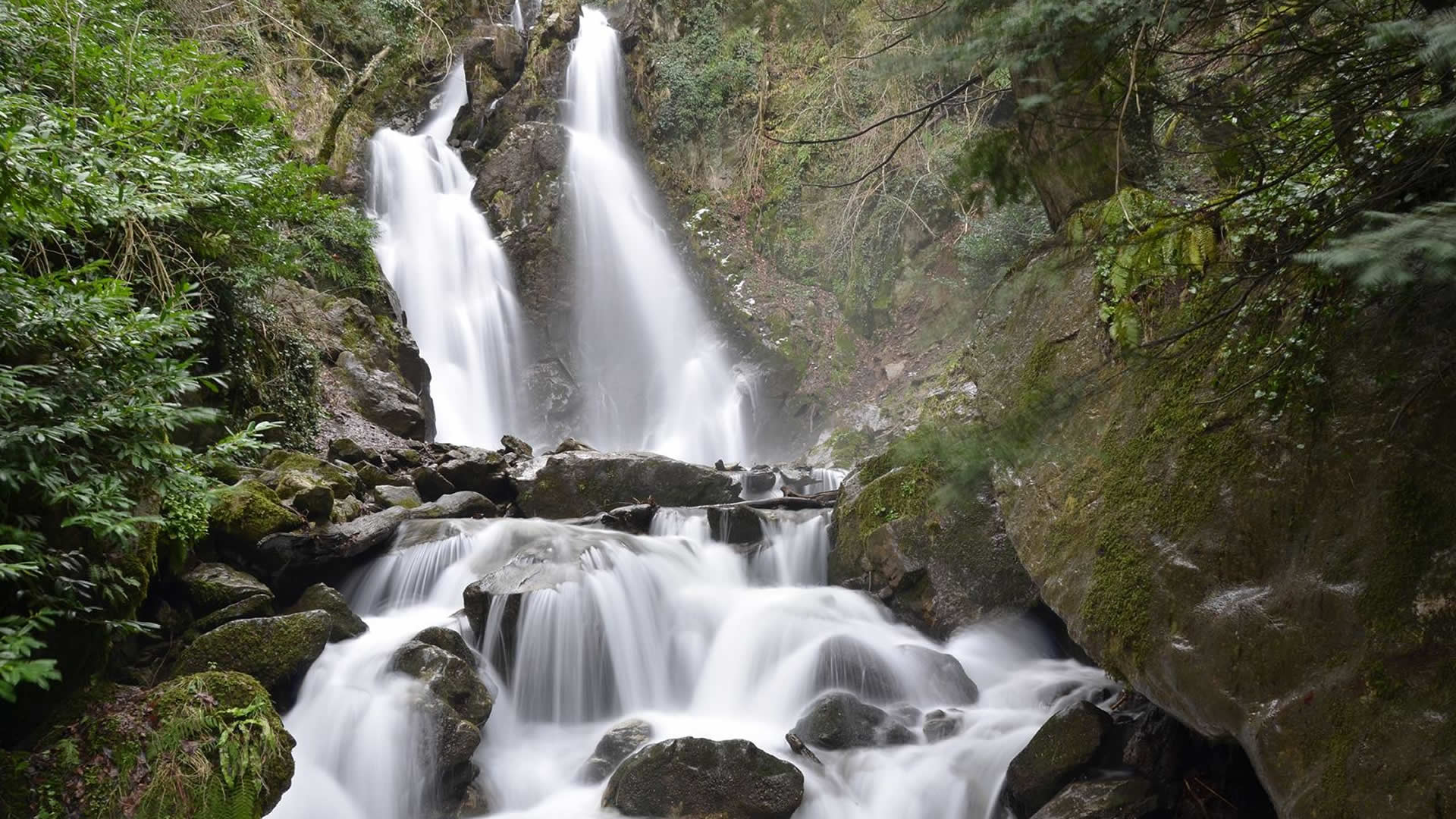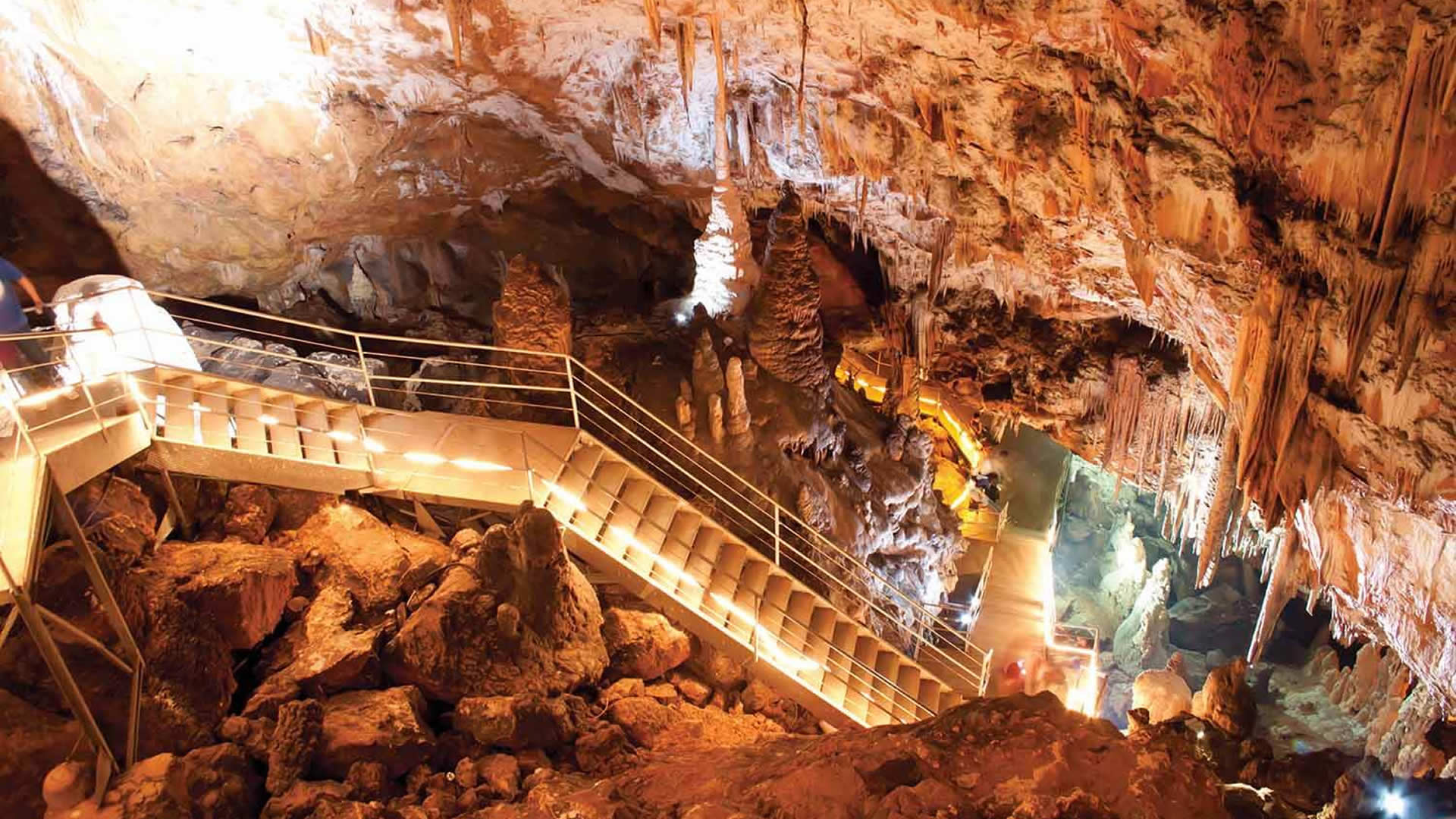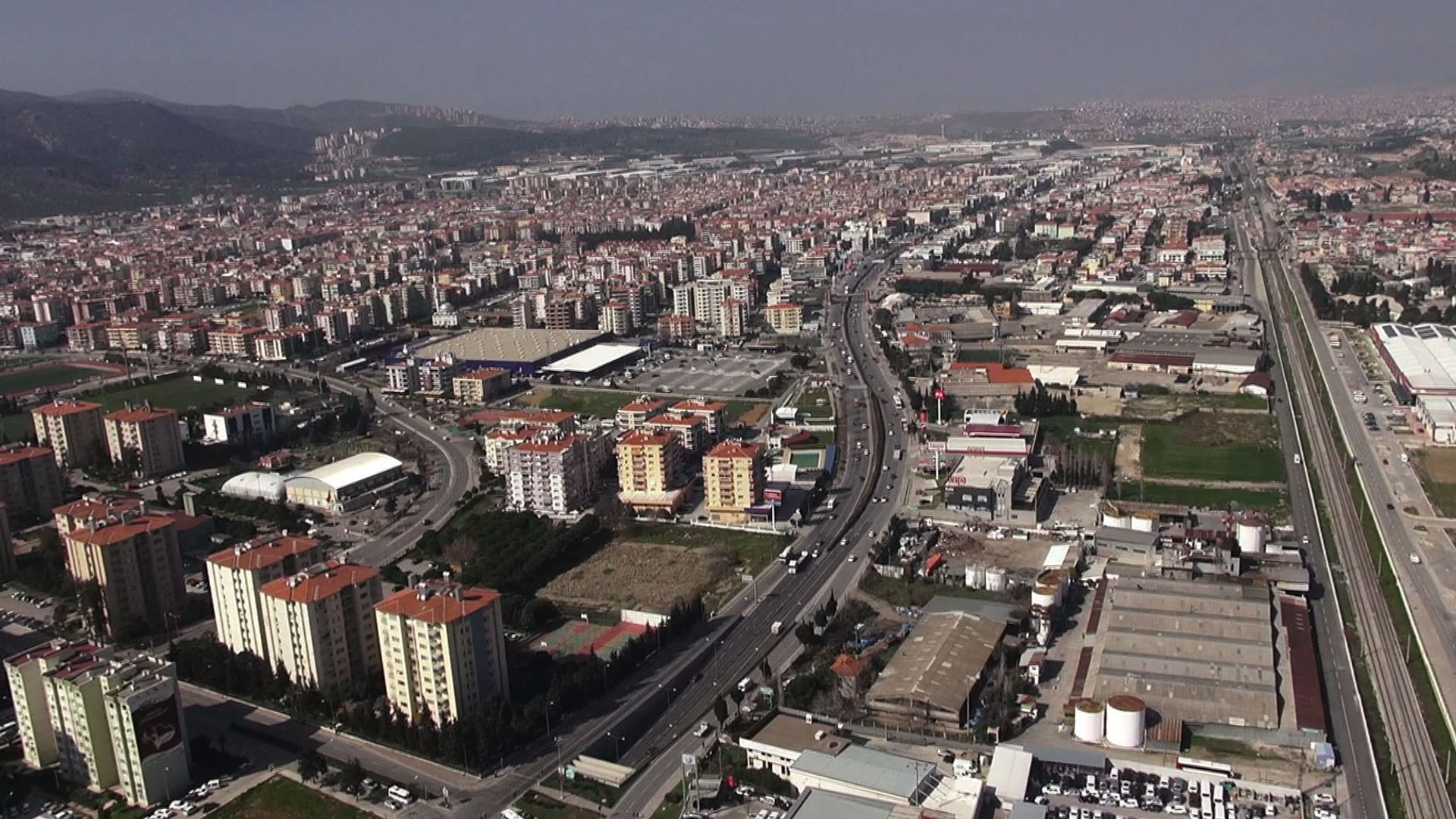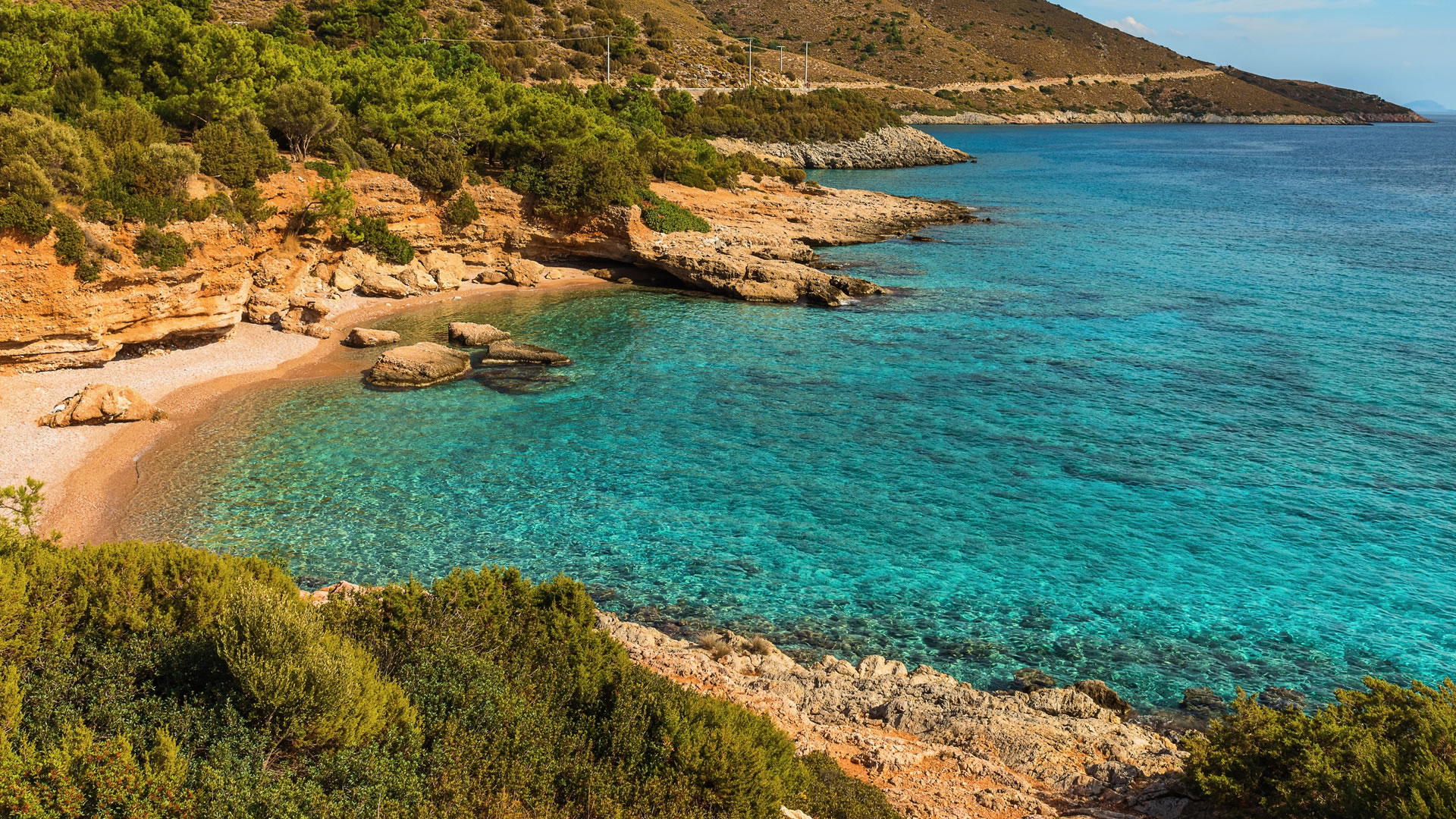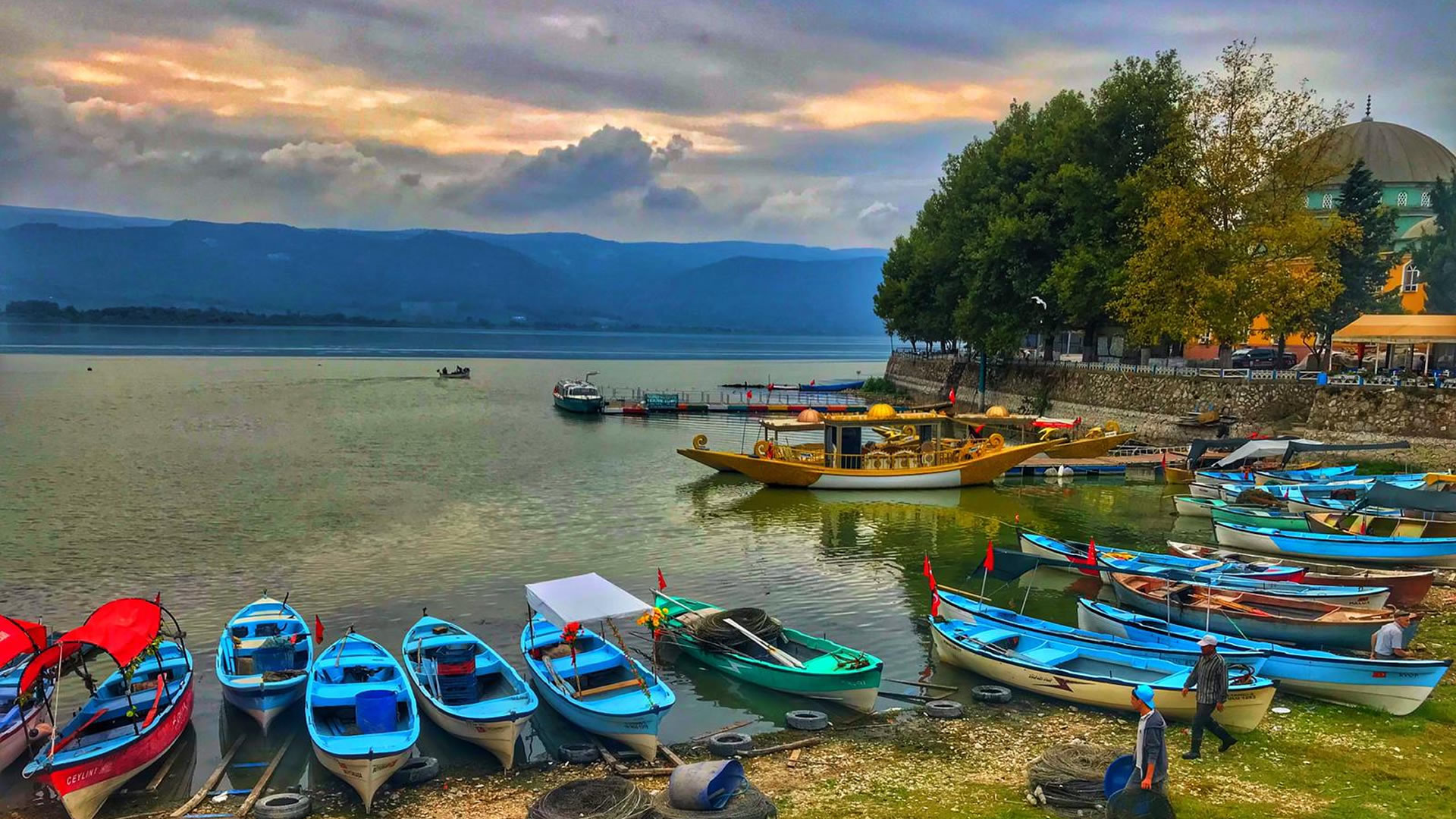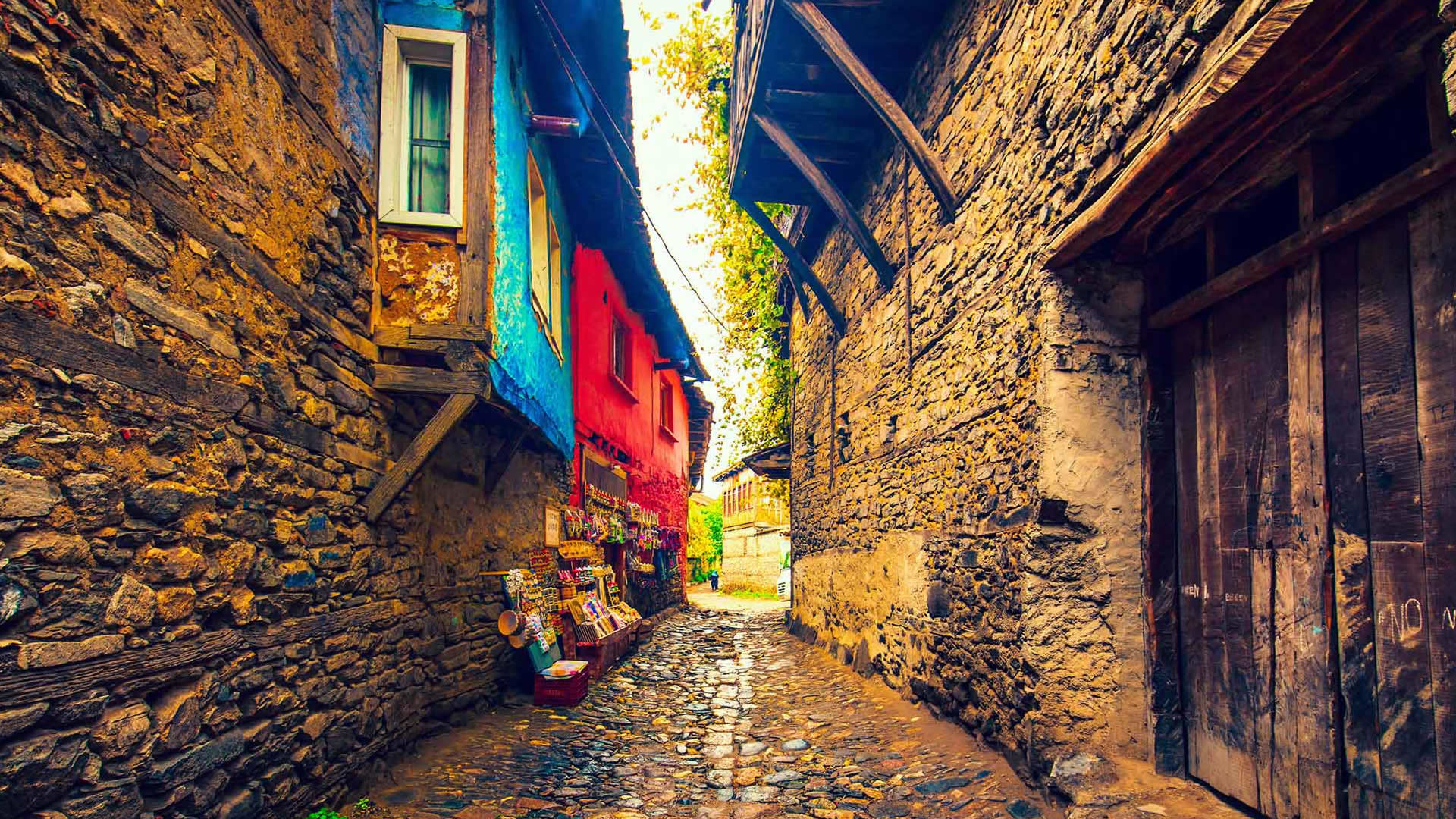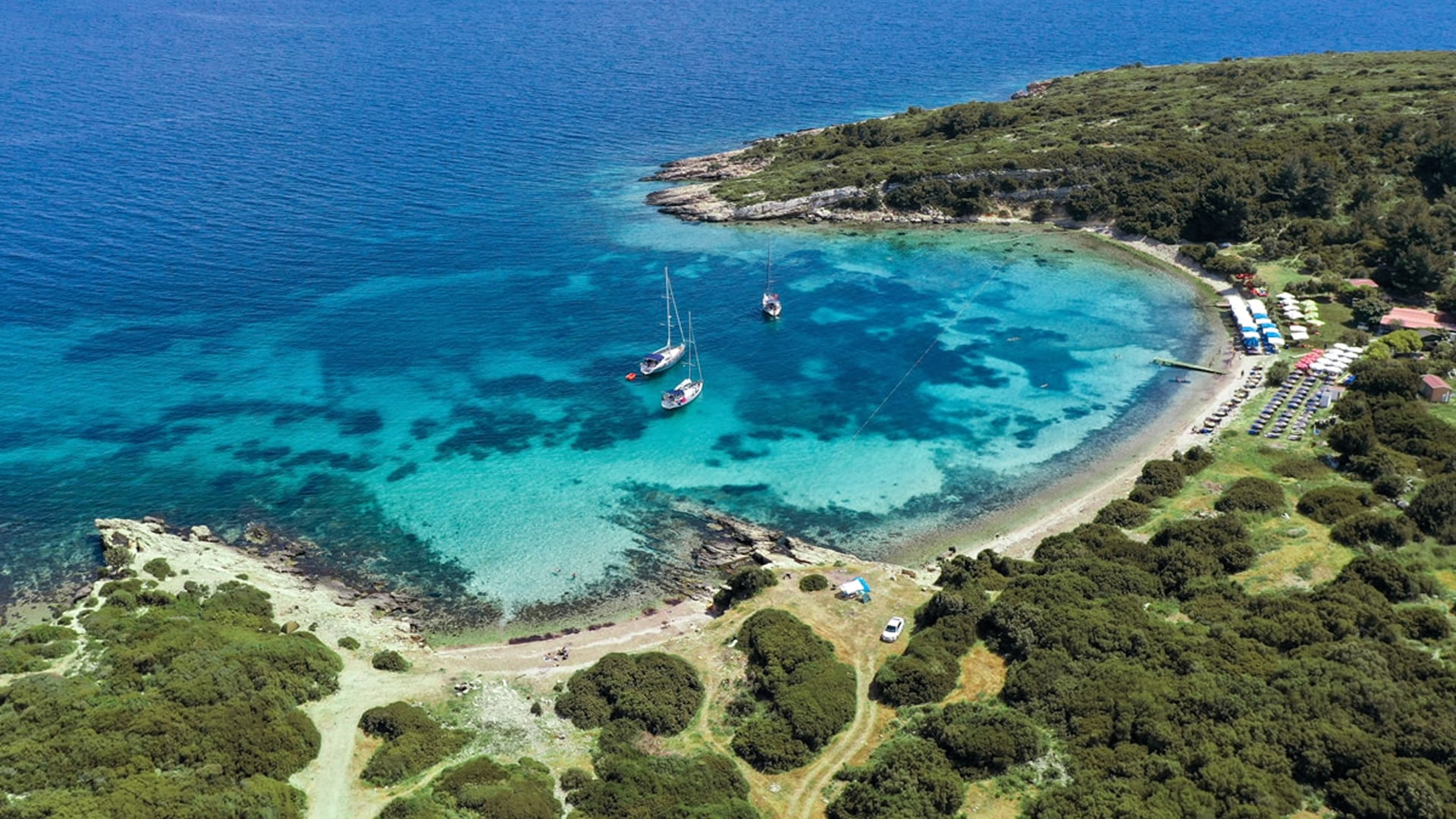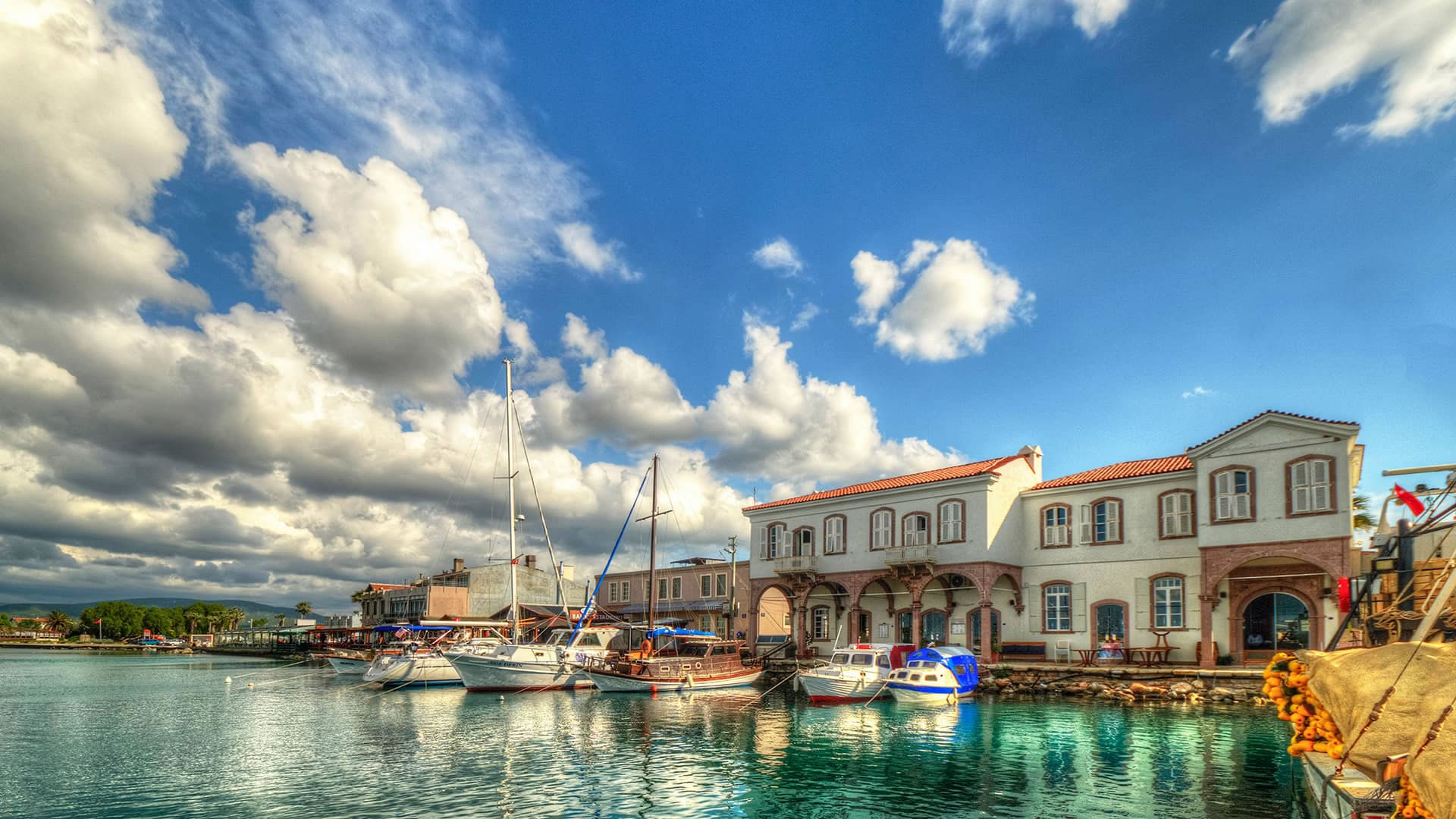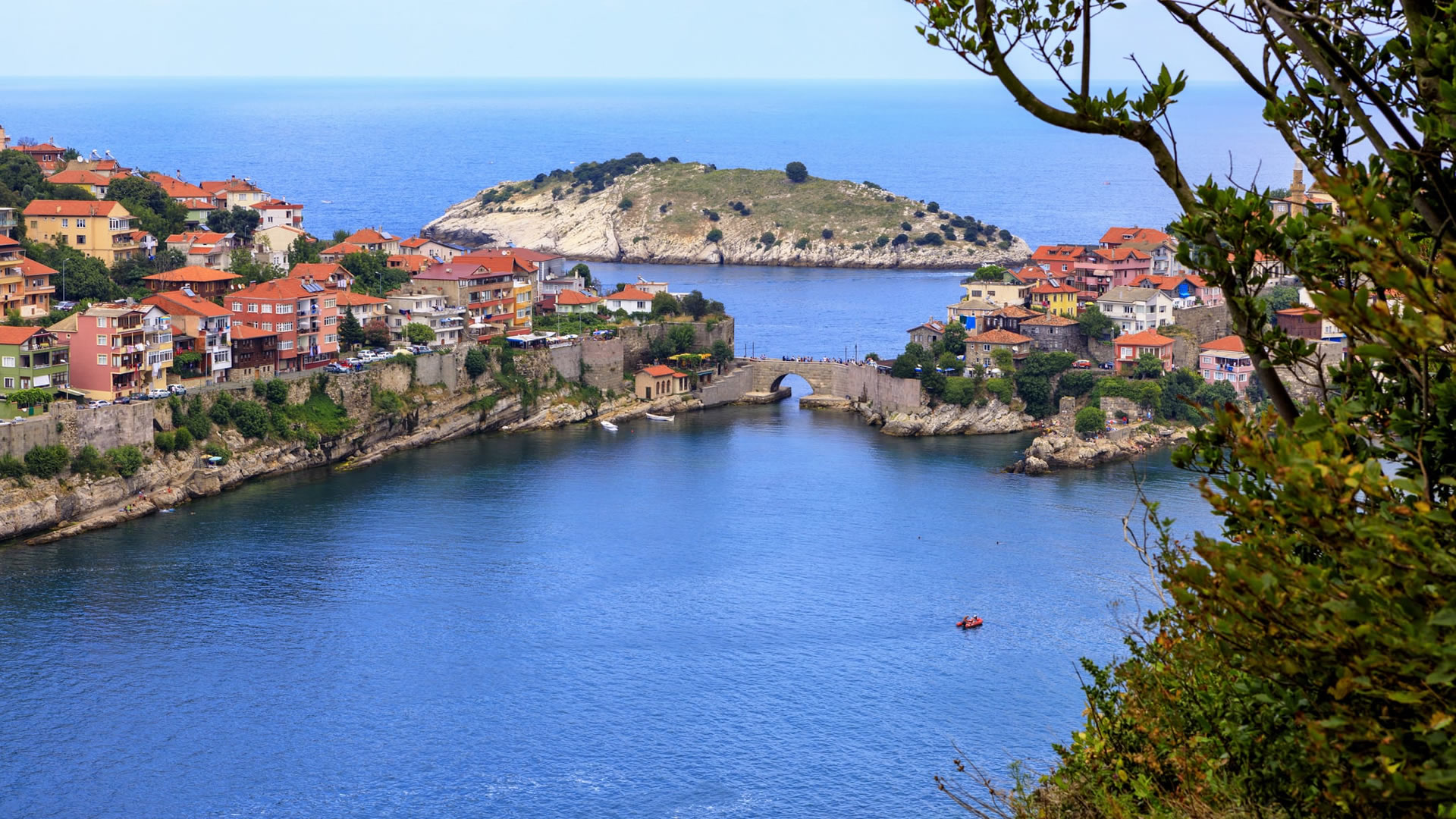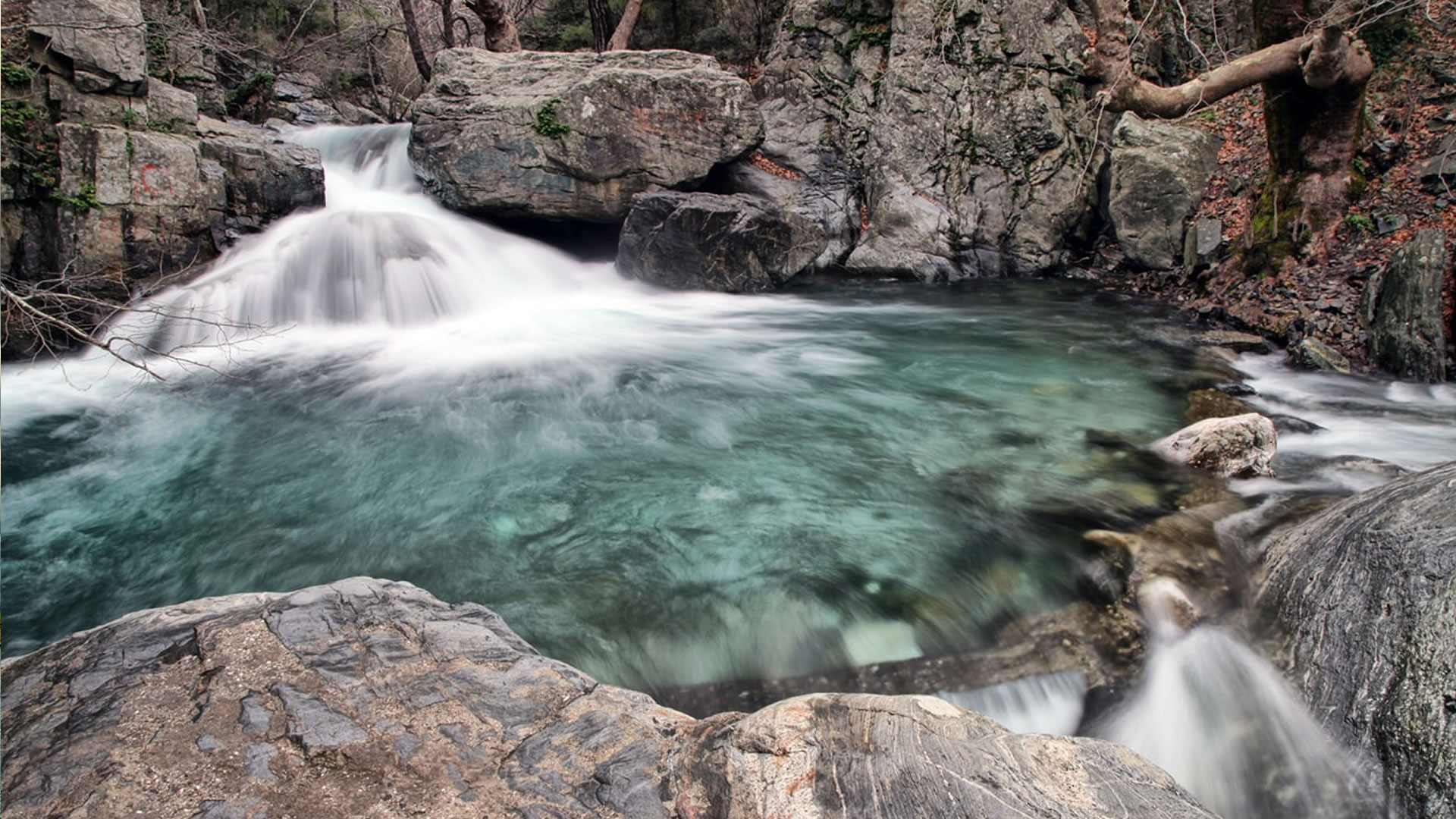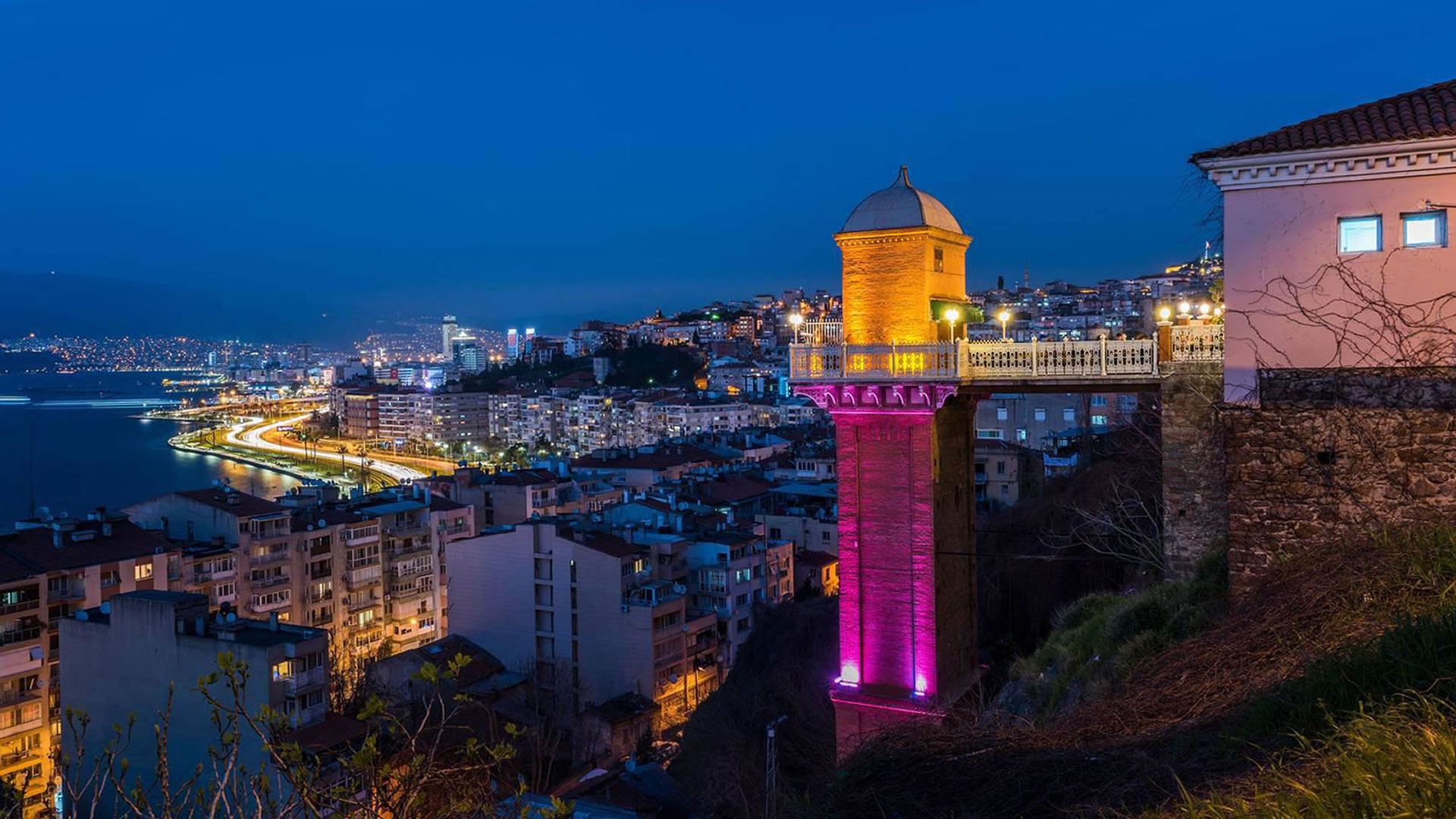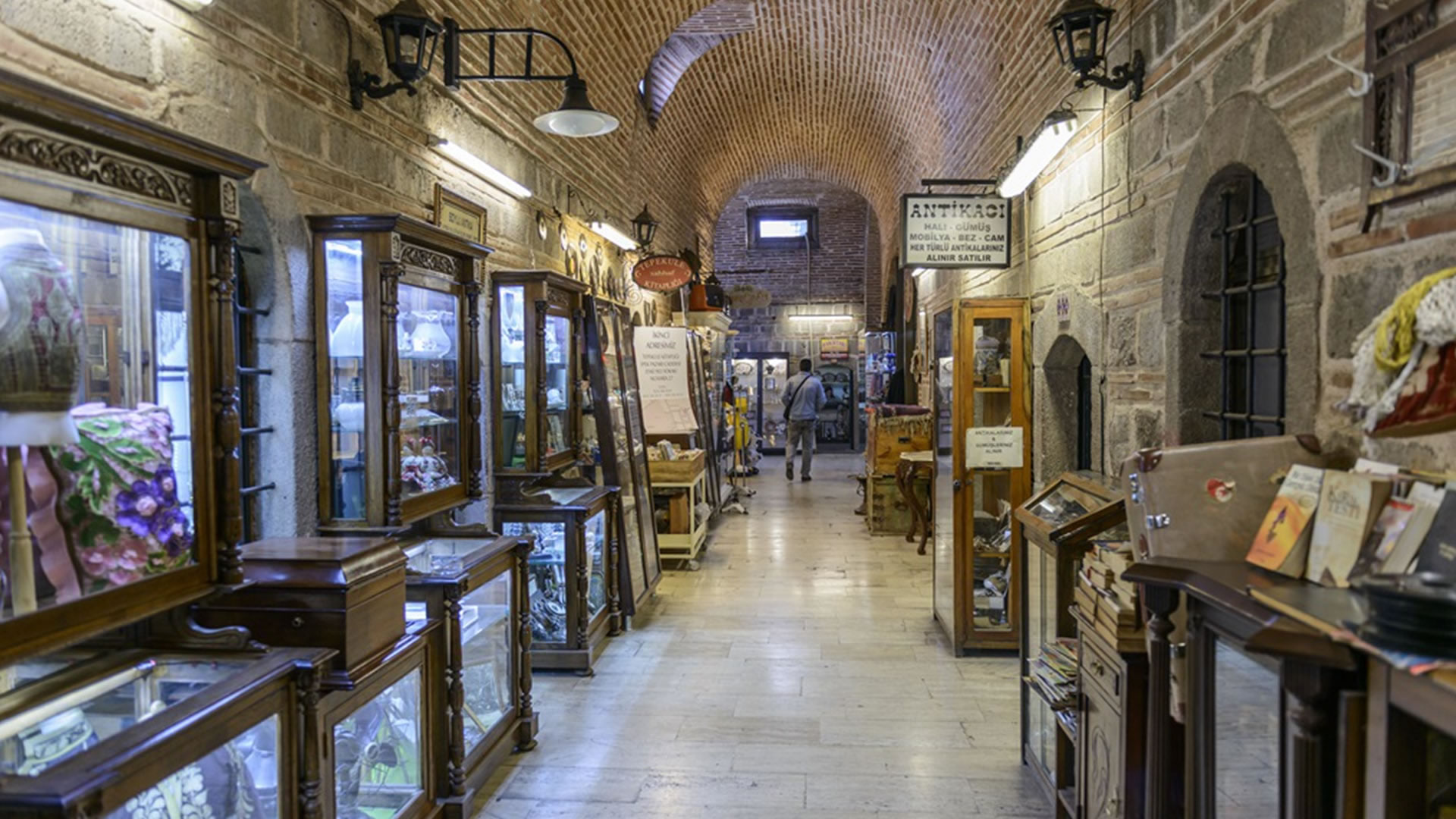Sümela Monastery An Exploration into History Carved into the Mountains

Located in the Maçka district of Trabzon in the north of Turkey, Sümela Monastery rises amidst a breathtaking landscape embraced by nature, enchanting visitors with its mystical atmosphere that carries the secrets of time and transcends from ancient history to the present day. The legendary monastery also stands out for being nestled within the carved rock surfaces of the mountains. Sümela is one of the most impressive structures in Anatolia, inviting its visitors on a journey through time with its rich history.
The origins of Sümela Monastery trace back to the 4th century and derive its name from the Greek word Meryem, meaning Our Mother Mary, as addressed by Jesus to the Virgin Mary. According to legend, the site where the monastery was initially constructed was revealed through a dream as prophesied by the Virgin Mary. This prophecy was affirmed by the founders of the monastery, the Athenian priest Barnabas and the nun Sophronia, leading to the commencement of its construction.
Perched on the edge of a steep cliff, the monastery, dating back to the 1600s, remains remarkably well-preserved. It features numerous rooms and chapels carved into natural rocks adorned with frescoes. Among the main structures are the church, kitchen, library, and cells for nuns and monks. Architectural details bear influences from Byzantine and Georgian styles, making the monastery a splendid example of the artistic and religious heritage of its era.
The location of the monastery posed significant challenges during its construction. Difficulties included accessing the high cliffs, transporting construction materials, and ensuring the safety of workers. However, the determination and perseverance demonstrated for the construction of the monastery eventually overcame these challenges.
Sümela Monastery holds great importance in the history of Christianity, known for its religious significance and spiritual value over the centuries. Despite being closed at one point, the monastery remains a place of worship today and is used for religious activities. Additionally, it serves as a popular destination for tourists and history enthusiasts alike.
Today, Sümela Monastery continues to be a captivating site to visit. Through restoration efforts and visitor management, the historical and architectural beauties of the monastery are being preserved. Every year, thousands of tourists flock to Trabzon to visit this mystical structure and connect with history.
Sümela Monastery is more than just a building; it is a remarkable fusion of nature and human endeavor, offering its visitors a journey into the depths of history. Perched on the slopes of the mountains, this monastery is a jewel reflecting the rich history and cultural heritage of Anatolia.
History and Origins
The origins of Sümela Monastery trace back to the 4th century and derive its name from the Greek word Meryem, meaning Our Mother Mary, as addressed by Jesus to the Virgin Mary. According to legend, the site where the monastery was initially constructed was revealed through a dream as prophesied by the Virgin Mary. This prophecy was affirmed by the founders of the monastery, the Athenian priest Barnabas and the nun Sophronia, leading to the commencement of its construction.
Architectural and Structural Features
Perched on the edge of a steep cliff, the monastery, dating back to the 1600s, remains remarkably well-preserved. It features numerous rooms and chapels carved into natural rocks adorned with frescoes. Among the main structures are the church, kitchen, library, and cells for nuns and monks. Architectural details bear influences from Byzantine and Georgian styles, making the monastery a splendid example of the artistic and religious heritage of its era.
Challenging Construction Process
The location of the monastery posed significant challenges during its construction. Difficulties included accessing the high cliffs, transporting construction materials, and ensuring the safety of workers. However, the determination and perseverance demonstrated for the construction of the monastery eventually overcame these challenges.
Cultural and Religious Significance
Sümela Monastery holds great importance in the history of Christianity, known for its religious significance and spiritual value over the centuries. Despite being closed at one point, the monastery remains a place of worship today and is used for religious activities. Additionally, it serves as a popular destination for tourists and history enthusiasts alike.
Current State of Sümela Monastery
Today, Sümela Monastery continues to be a captivating site to visit. Through restoration efforts and visitor management, the historical and architectural beauties of the monastery are being preserved. Every year, thousands of tourists flock to Trabzon to visit this mystical structure and connect with history.
Sümela Monastery is more than just a building; it is a remarkable fusion of nature and human endeavor, offering its visitors a journey into the depths of history. Perched on the slopes of the mountains, this monastery is a jewel reflecting the rich history and cultural heritage of Anatolia.



